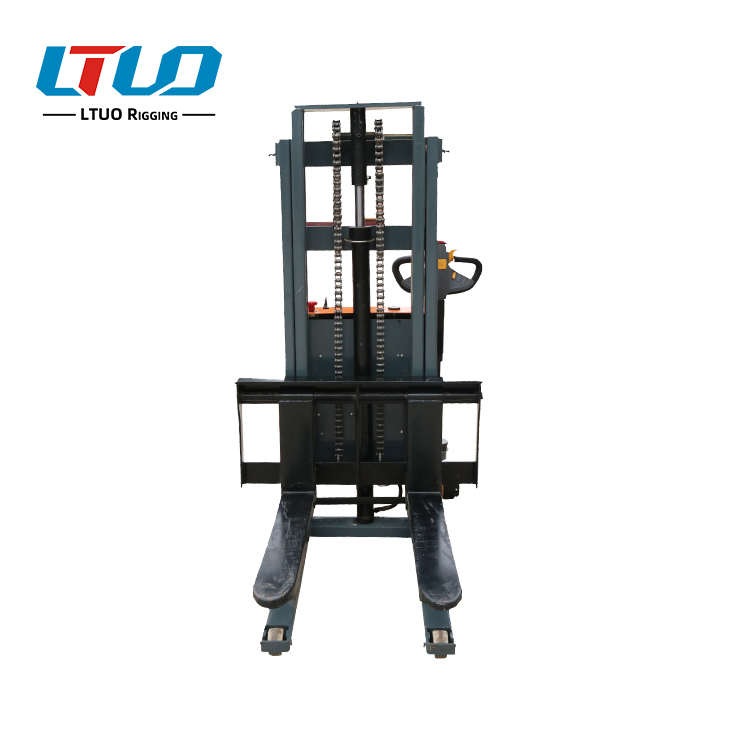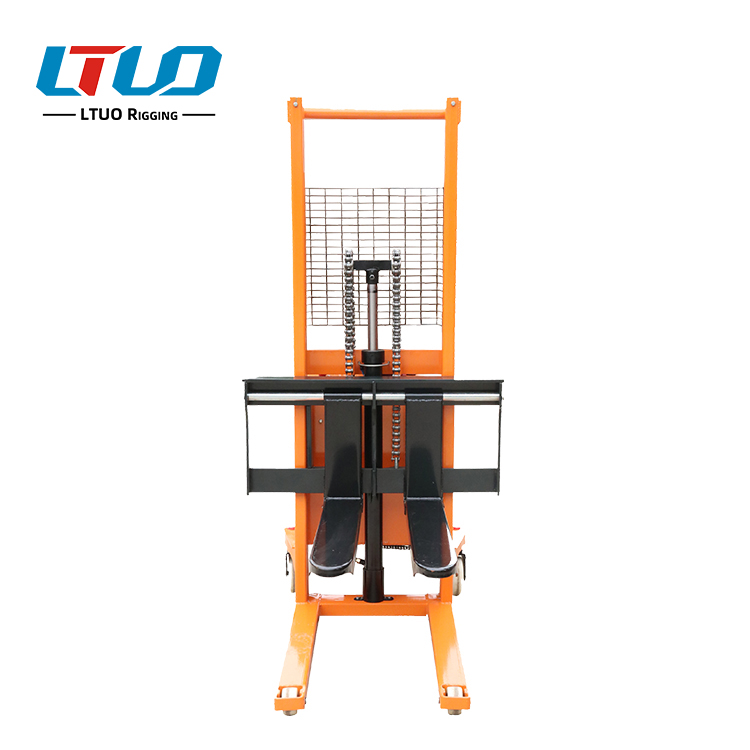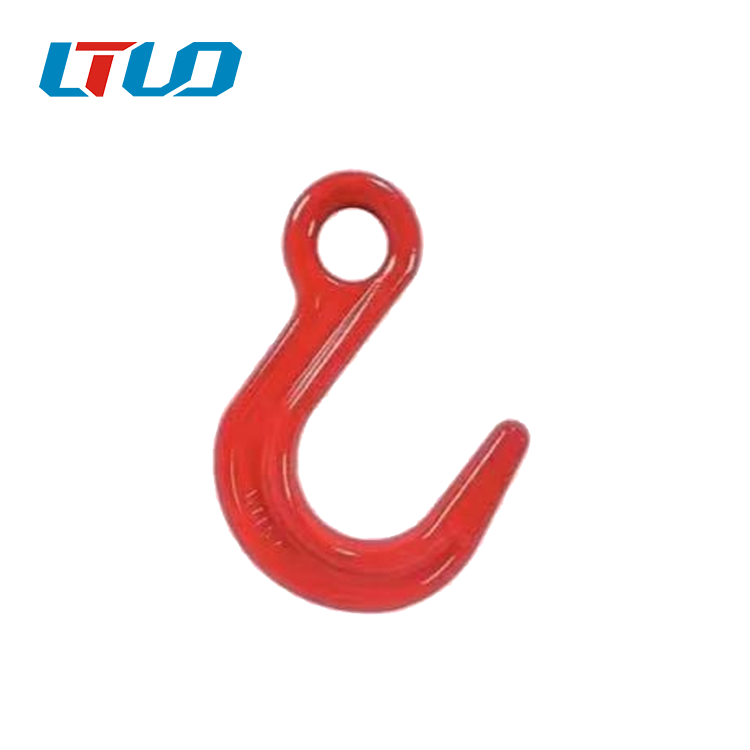1. The characteristics of the fixture: We know that the sample is reinforced by the fixture holding the sample, and the test force that the fixture can withstand is an important indicator of the fixture. It determines the size of the fixture structure and the labor force of the fixture operation, the sample material is divided into metal and non-metal, and the shape is divided into size. The composition of the material is various, the test force that the sample can withstand is as small as dozens of centimetres, as large as dozens of tons, the sample size is as small as 0.006mm gold wire, as large as 1m diameter PVC pipe and so on. This requires the selection and design of different fixtures according to different test forces and the shape and size of the sample.
2. Material requirements for fixtures
1). For general metal and non-metal samples, the clamp mouth of the fixture is directly in contact with the sample, generally using high-quality alloy structural steel, alloy high carbon steel (or low carbon alloy steel), cold work die steel, etc., through the appropriate heat treatment process (quenching and tempering, carburizing and quenching, etc.) to increase its strength, wear resistance, and sometimes special steel is installed at the clamp mouth. Or spray emery on the surface of the jaws.
2) For some small test force fixture, the surface in contact with the sample using soft rubber, etc. For example: plastic film, fiber and other samples of the clamping surface.
3). The clamp is generally made of high-quality medium carbon steel and alloy structural steel, and its mechanical properties are increased by appropriate heat treatment process. Sometimes in order to reduce weight also used aluminum alloy and other non-ferrous metals and special metals. Sometimes cast structures are also used (cast steel, cast aluminum, etc.)
3. Requirements for fixture structure
1) The design of fixture is mainly based on the test standards of materials and the shape and material of samples (especially finished products and semi-finished products). The above test standards refer to ISO/ASTM/GB/DIN/BS/JIS, as well as enterprise standards, industry standards, etc. These standards generally have strict regulations on sample preparation and test methods, we can design different fixtures according to the sample and test methods. Fixture for special samples (finished and semi-finished products). The fixture design is mainly based on the shape and material of the sample.
2) The fixture itself does not have a fixed structure (such as wire can be tightened by winding, can also be tightened by two plates, sheet metal samples can be wedge-shaped clamping, can also be tightened by clamping), which is obviously different from the host. Host domestic, foreign is much the same. The difference between fixture abroad and domestic is very big, and there are also big differences between different companies. This mainly depends on the overall level of the company, the designer's experiment accumulation. Foreign fixture workmanship, high availability, but the price is high, in the high-end market.
3) Fixture itself is a locking mechanism, we know the mechanical locking mechanism: thread (that is, screw, nut), bevel, eccentric, lever, etc., fixture is a combination of these structures. The fixture used in the testing machine has no fixed pattern in structure. According to different samples and the size of the test force, the structure is very different.
Next: What is the reason why the handle of permanent magnet suction cup can not be broken?
Previous: Hoisting belt logo

2TC Series:The microelectric Stacker is a manual propulsion and electric stacker that provides cost-...

1tC Series:The microelectric Stacker is a manual propulsion and electric stacker that provides cost-...

Smooth surface, uniform color, specifications, information, clear CE markingMade of high quality all...

Rated load: 3.8TPurpose: The hook is mainly used as a connecting tool in lifting operationMaterial: ...